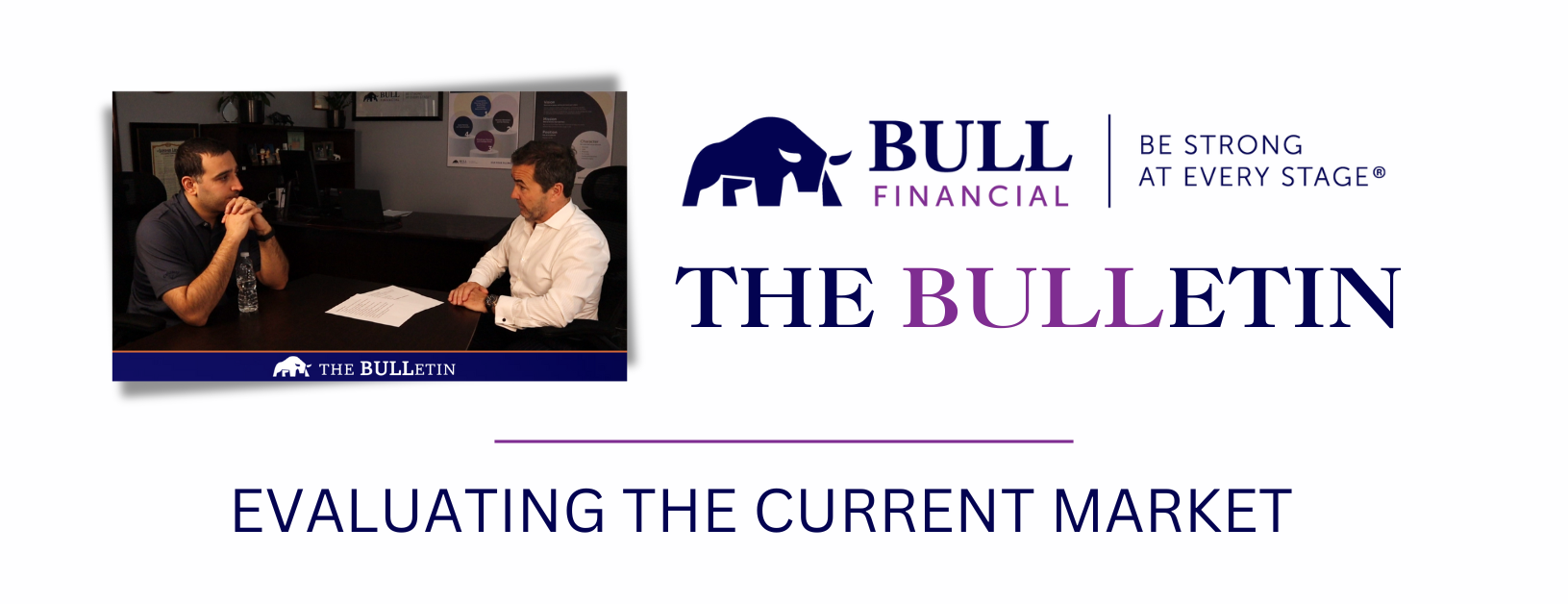By Mark Bull, MFA-P, CLU, CFP, CHS, CEA
President, Bull Financial
The holidays are once again approaching. That means spending time with family and friends, traveling, and of course, spending money on gifts for those dear to you. However, you can also reward yourself for the holidays by implementing strategies and giving the gift of saving money.
Year-end tax planning is crucial and can help you offset any expenses coming your way this holiday season, meaning you can spend less time worrying over your finances and more time creating precious memories.
Looking for some strategies? Here are five important things to implement into your year-end tax planning –and remember, if you’d like to learn more or have questions, be sure to contact us. We are always happy to have a discussion.
You can also download the PDF below for a summary of these opportunities.
2024 Year End Planning
1. Review and update your strategies for the new Capital Gains Tax Rules
The new Capital Gains Tax rules came into effect on June 25th, 2024. Within the new rules, the capital gains inclusion rate was increased from 50% to 66.67% for individuals, corporations and trusts. A key point to note for individuals: they are taxed at 50% for their first $250,000 in capital gains and then 66.67% for all capital gains thereafter.
Strategies are listed throughout this article to help you reduce your capital gains tax. One such strategy is utilizing capital loss.
Capital loss to reduce taxable Capital Gains
Own a stock in a non-registered account that is currently trading at a loss? If you were to sell the stock, it would be a loss and reduce your taxable capital gains from the last three years OR you have the option to carry the loss forward indefinitely if you expect to be in a higher tax bracket in the future.
2. Maximize or Contribute to your TFSA and FHSA
Contributing to your registered investment account, such as a TFSA (Tax-Free Savings Account) or FHSA (First Home Savings Account), means that you can accrue tax-free interest from your investments which won’t have any effect on your capital gains. Contributions are also tax-deductible for an FHSA.
Don’t have a TFSA or FHSA? Here are some things to consider before year-end.
With a TFSA, the 2025 annual contribution limit is $7000. Once you open an account, you will have contribution room from each year since the year you turned 18, or each year starting from 2009 if you were already older than 18 at the time. The total contribution room if starting from 2009 is $95,000. You could have a lot of contribution room to work with right off the bat to kick-start tax-free investments!
With an FHSA, the annual contribution limit is $8000. The total contribution limit begins the first year the account is opened, unlike the TFSA. This means that there is a big benefit to getting an FHSA opened before December 31st, even if you don’t contribute to the account this year. This is because you can carry forward your unused contribution room.
By opening an account before year-end, you would be able to carry forward the unused contributions of this year to your FHSA, increasing your contribution room, starting January 1st. If you were to open an account after December 31st, you would have to wait the whole year for the contribution limit increase; it is good to get a jump-start!
3. Registered Retirement Savings Plan (RRSP)
Contributing to your RRSP is another way you can save money. Contributions to your RRSP are tax-deductible and benefit from tax-deferred growth. Withdrawals from an RRSP are taxed as income, so be aware of that.
If you turn age 71 this 2024, you are required to convert your RRSP to a RIF (Retirement Income Fund) by December 31st. Additionally, if you still have RRSP contribution room, be sure to make your final contribution before converting to an RIF by December 31st.
4. Charitable Giving
The perfect time to make a charitable gift is during the season of giving. You can take control of your social capital and really make a difference.
Any charitable gifts made before the end of the year will provide you with a tax receipt for 2024 tax purposes.
Looking for some charitable strategies? Consider Gifting Shares!
A good charitable strategy would be to take a look at any accrued capital gains in non-registered accounts. If you were to gift these shares to a charity, you would bypass the capital gains tax and be given a tax credit for the gifted amount.
5. Registered Education Savings Plan (RESP)
Consider contributing to your child’s RESP, if applicable, to make sure you qualify for the Canada Education Savings Grant (CESG). The CESG measures up to 20% of your total annual contribution, maxing at $500. However, you can carry forward any unused CESG contribution room, meaning the maximum CESG grant you can earn in one year is $1000.
Mark Bull, MFA-P, CLU, CFP, CHS, CEA
President, Bull Financial
mark@bullfinancial.ca
905-576-0230
This is a general guide only and is not intended to replace professional financial and tax advice in any form. Please consult a professional financial advisor on how it relates to your situation. The information provided here is accurate as of the date of publication.


